
… t move tend to tighten up. It’s why you might feel creaky after sitting for long stretches. “Motion is lotion,” says Dr. Bang. “If you keep moving, you’re less likely to get some …
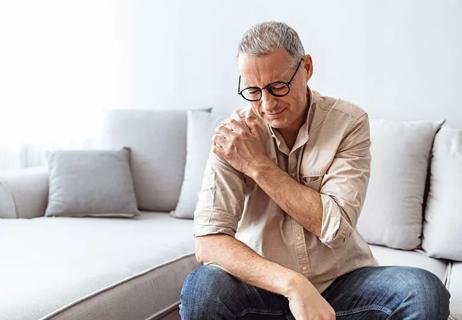
… similar pain and treatment approach. (Lower your chances of dealing with bursitis by using these life tips, stretches and exercises recommended by a physical therapist.)Shoulder impingement syndromeIf one of the above rotator cuff issues …
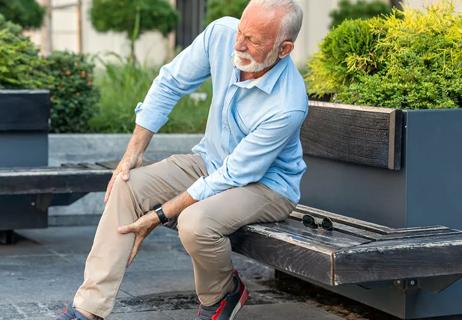
… it mimics the movement you’ll be doing with exercise, like leg pendulums or walking lunges. These stretches also increase blood flow to muscles which reduces the resistance and increases their flexibility.5. Listen to …

… good practice for when you’re done with your workout. “It’s always beneficial to hold those stretches for a good period of time, from 30 seconds to about 2 minutes,” Dr. Scarcella notes. “Make …
Advertisement
Cleveland Clinic is a non-profit academic medical center. Advertising on our site helps support our mission. We do not endorse non-Cleveland Clinic products or services. Policy
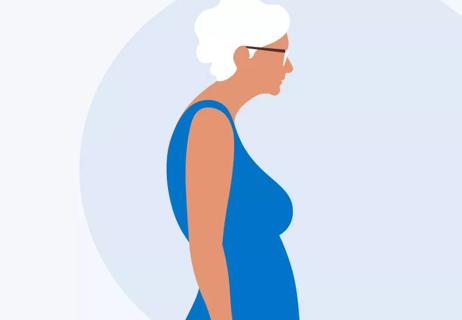
… blades together, which helps improve your upper back muscles. Do three sets of 10 daily.Doorway pectoral stretches. Stand in an open doorway, raising your arms like a goalpost with your palms forward. Place your …
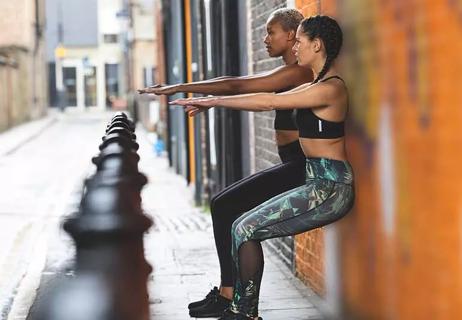
… Perform 10 to 15 repetitions with the same leg before switching to the opposite leg.5. Calf stretches on stairsThis exercise stretches the calf muscles in the backs of your lower legs that extend from …
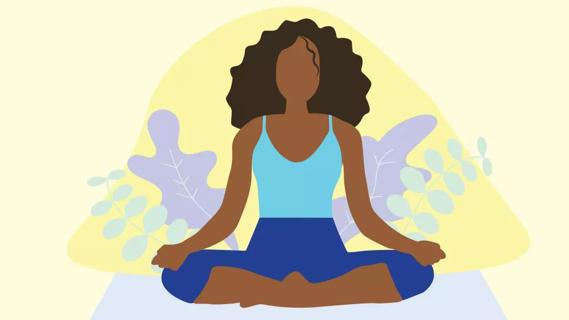
If you know your psoriasis triggers, avoiding them is a good first step to managing your flare-ups. But this isn’t always possible — after all, you can’t always avoid getting sick. And not …
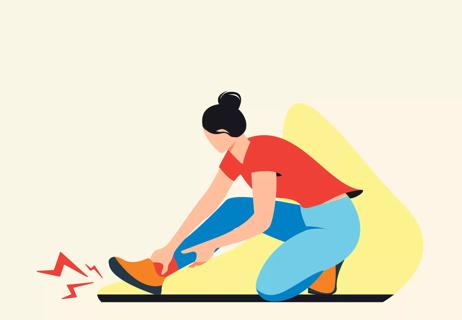
It might be a sharp, stinging pain that runs along the bottom of your foot. Or maybe your heels feel tight or the top of your feet throb when you wake up. If your feet …

The pain of sciatica can make it hard to sleep. Like, really hard to sleep. Fortunately, there are adjustments you can make and steps you can take to ease your pain and finally get a …
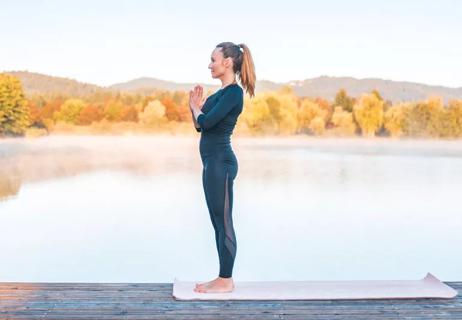
Wake up ready to face the day with a quick and easy yoga routine! According to yoga therapist Judi Bar, E-500 RYT, developing a daily practice of yoga is something almost anyone can benefit …
Advertisement
Advertisement